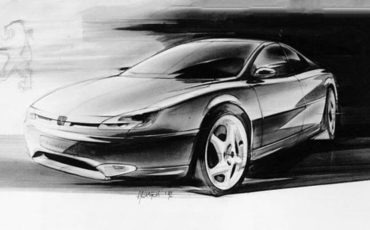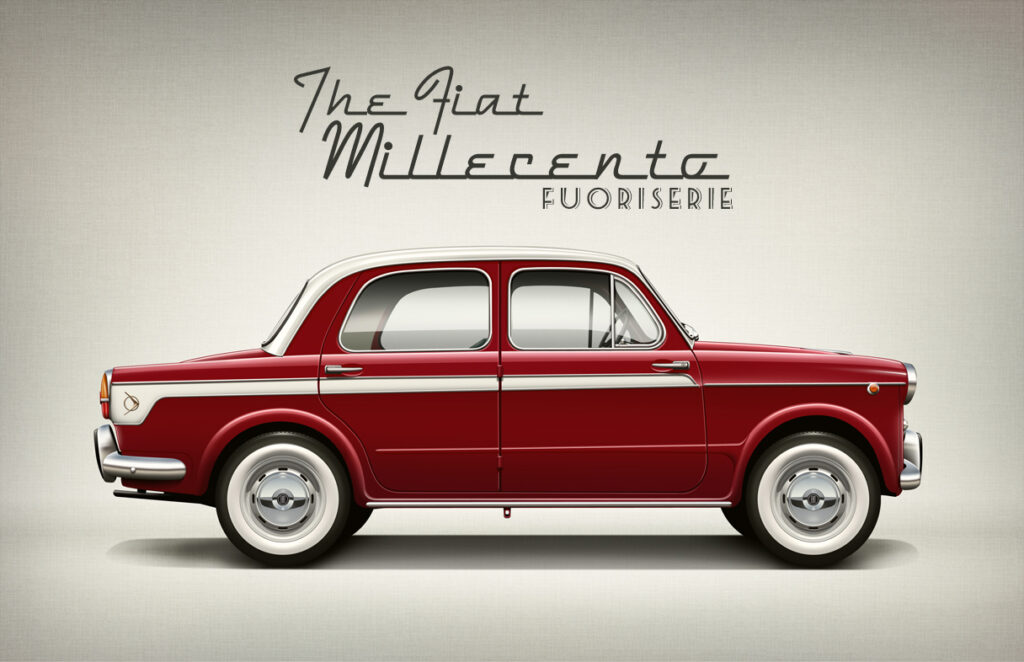
Intro
An elegant convertible, built in 1949 on the popular Fiat 1100 B chassis by Stabilimenti Farina in very few speciments, remains the emblem of the art of italian coachbuilding in the early 1950s. The resemblance to Ferrari’s 166 Inter is surprising, which let to controversy between Giovanni Farina and Enzo Ferrari.
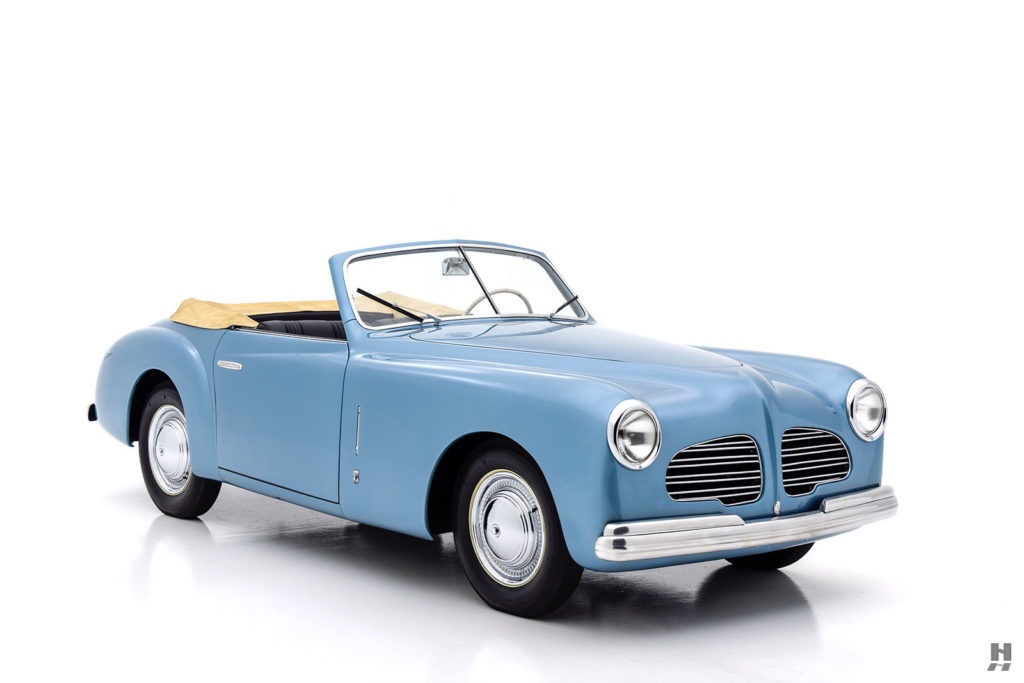
The 1100A "Musone"
The mechanical and stylistic evolution of the famous Fiat Balilla gave in 1937 birth to a new model: the protagonist of a long and successful career that marked a significant chapter in the history of the italian automobile.
The new model, the Fiat 508C, officially known as the Balilla 1100, was the forefather of a succession of generations of series models, but also of numerous custom-built versions, which characterized the stylistic and technical progress of medium-class cars in Italy, from the second half of the Thirties to the Sixties.
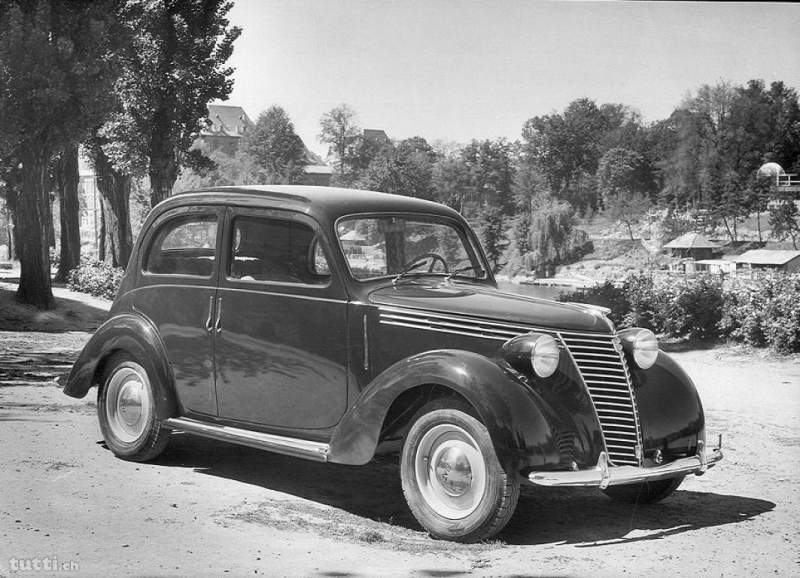
Launched in its series version as four-door sedan with an aerodynamic body which features rounded shapes clearly inspired by the Fiat 1500 (a revolutionary car from the Turin-based company), the Balilla 1100 immediately gave rise to numerous, custom built versions with revolutionary lines that anticipated the future of the Italian car design.
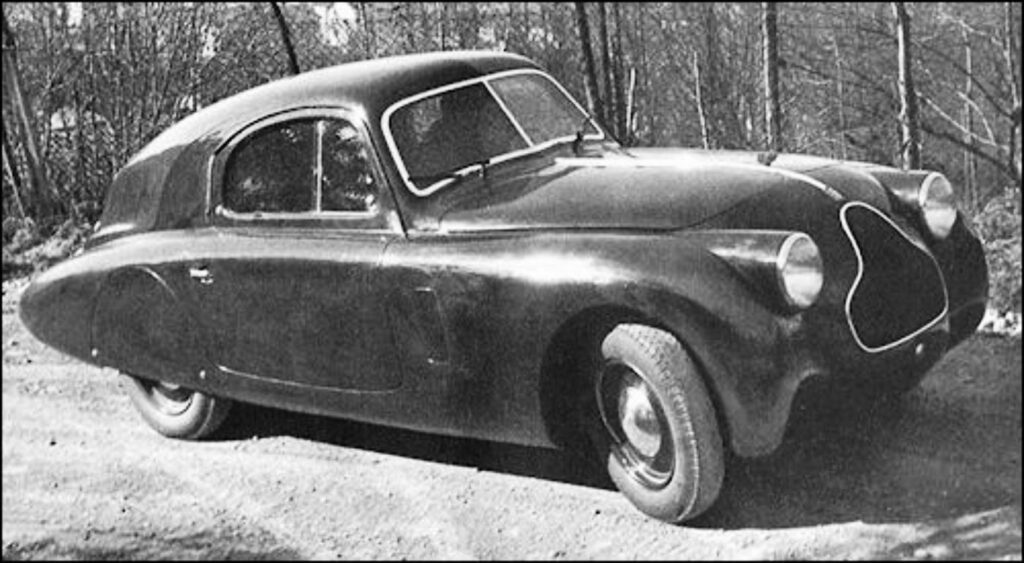
Among the 2 door convertible by Fiat, Viotti for example, created its own cabriolet version with a more astonishing design. In 1937 Carrozzeria Savio realized one of the first examples of woody wagons, followed by the aerodynamic 508C Mille Miglia with aluminum body which was later built by Fiat itself. This model was the first car produced by Fiat, which features a bodywork with integrated mudguards.
The inhouse Fiat version, on the other hand, was distinguished by its modest-sized footrests, practically almost incorporated into the side, and for the tail trimmed with the spare wheel inside the trunk.
The "windbreaker" 1100

In 1939 with the launch of the new model, now simply called 1100, a stylistic solution was introduced which gave rise to the nickname of “musone” due to the redesign of the front which features a “windbreaker” (or “frontale a prua”) grille. With this debut, the long era of the 1100 custom-built cars was inaugurated, but it was suddenly interrupted by the outbreak of the Second World War. From those years we can remember the 1100 Victoria made by Bertone, which features the famous “windbreaker” front grille.
The 1100 B
The 1100 B, unveiled in 1948, underwent important mechanical upgrades, but only modest aesthetic changes. The coachbuilders, on the other hand, introduced many stylistic innovations anticipating the shapes of 1950s cars with brilliant intuition. In this regard, we can also include the inhouse convertible version of Fiat which, unlike the sedan, already presented itself with a more modern front, with the headlights incorporated in the fenders: a first sign that also the series production design was evolving.
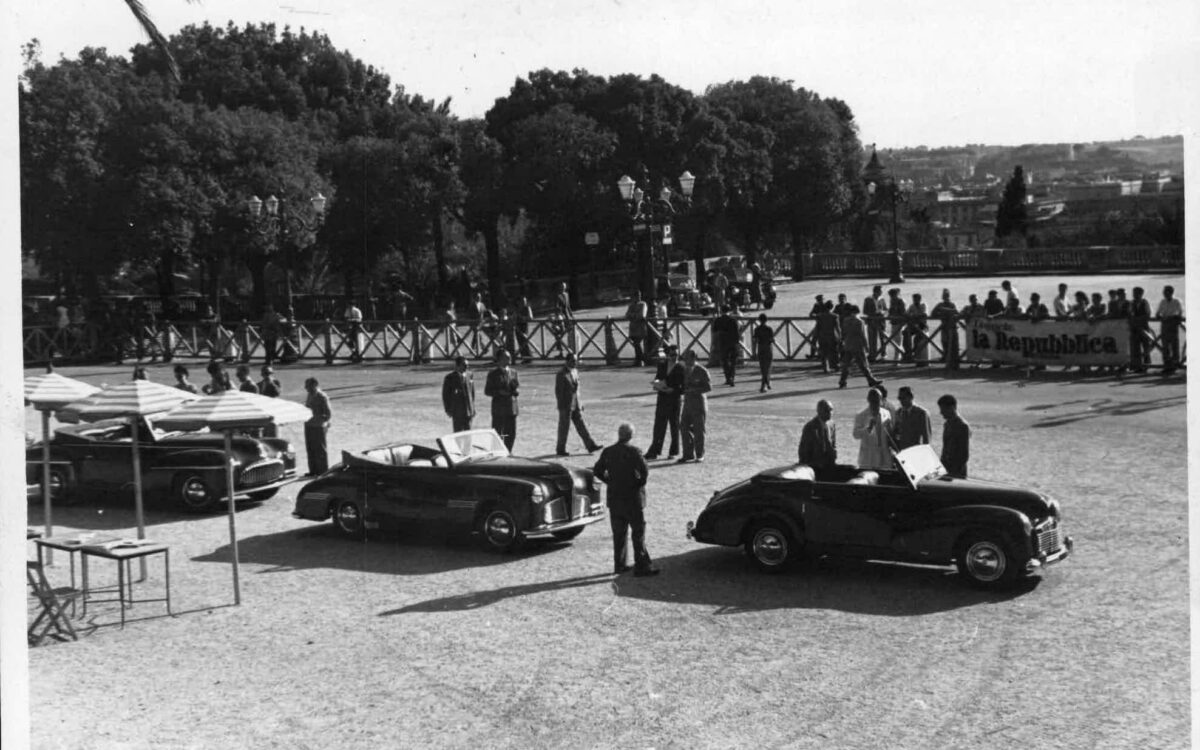
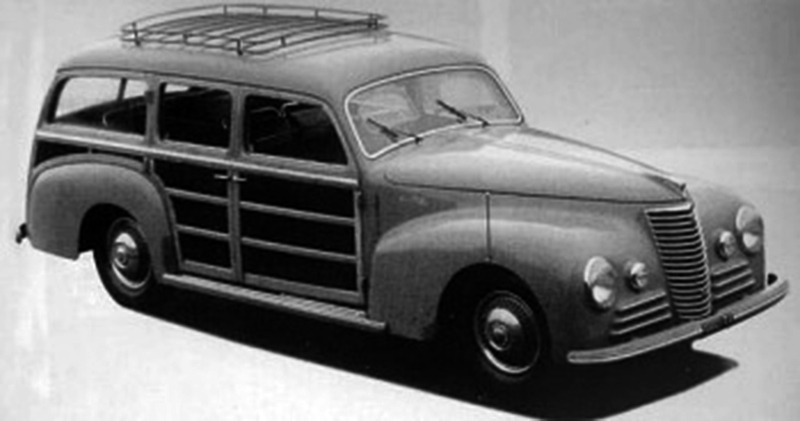
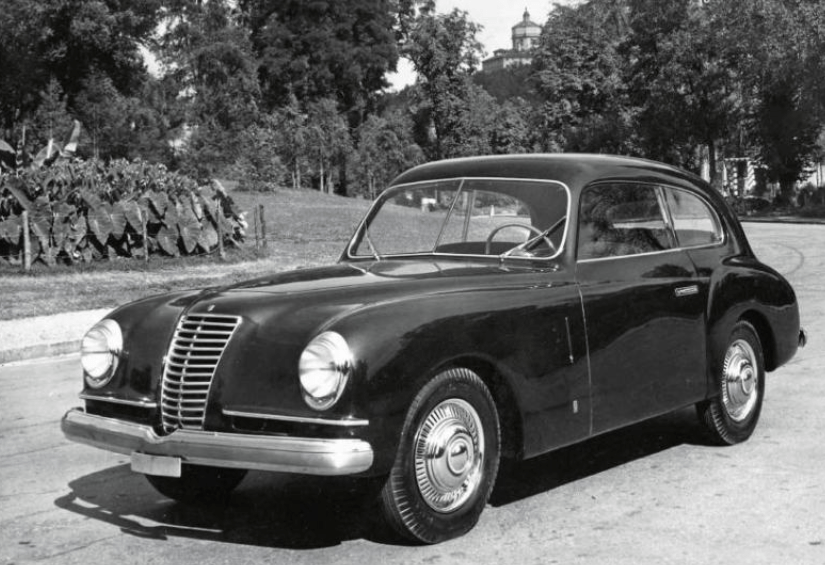
All coachbuilders, from Ghia to Monviso, to Balbo, created pleasant cabriolet versions, while Viotti and Boneschi focused more on Giardinetta’s, Vignale on the other hand, successful unveiled an elegant berlinetta designed by Michelotti.
In the “fuoriserie” of that period, we can still find some older designs which features the outdated “windbreaker” frontend with the not incorporated side fenders, but more and more modern bodies with the ovoid grille, such as the Panoramica by Zagato are popping up.
The 1100 E
Meanwhile, in 1949, with the 1100 E model the series sedan was also updated. This new model features important changes in the rear part where the spare wheel disappeared inside the trunk, while the gearshift control was placed on the steering wheel.
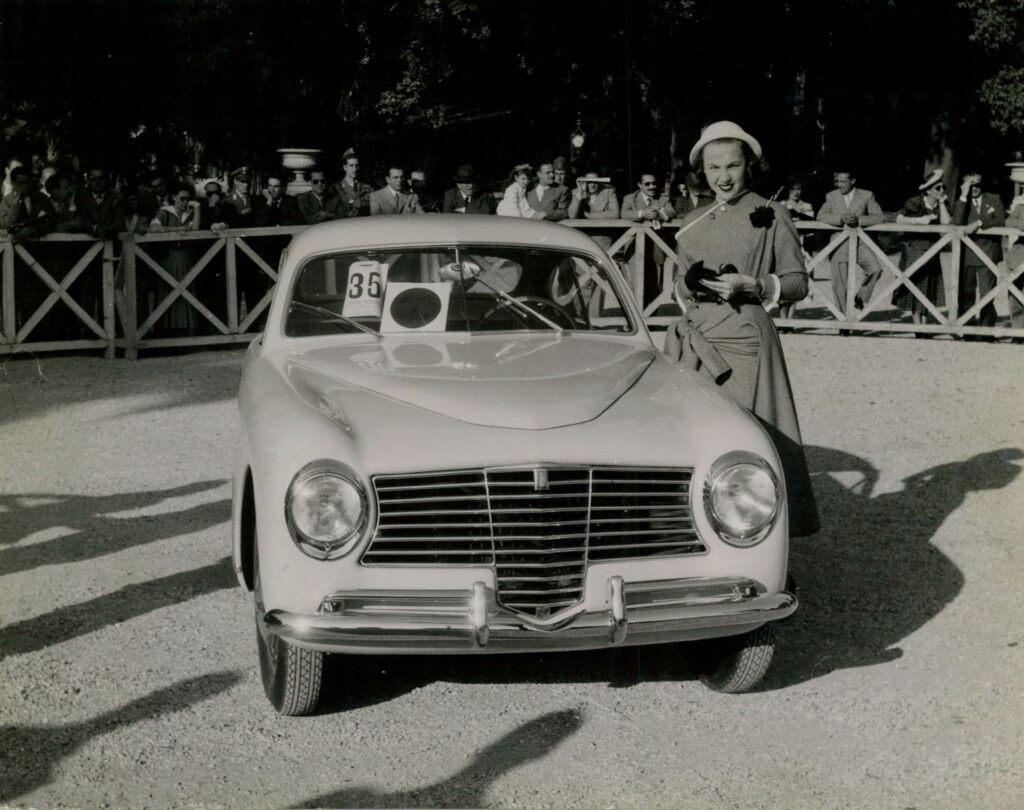
The coachbuilder had by now on completely abandoned the “windbreaker” front; the wagons replaced the beautiful wooden structures (built for necessity in wood due to the post-war lack of metal material) for a completely metallic body, while the sedans anticipated the future rounded shapes of series production, oriented towards a three volume design.
For the series production coupé, Fiat entrusted the creation to Pinin Farina. The result was a stunning elegant coupè, which its design differs from the in house Fiat sedan.
The "nuova" 1100
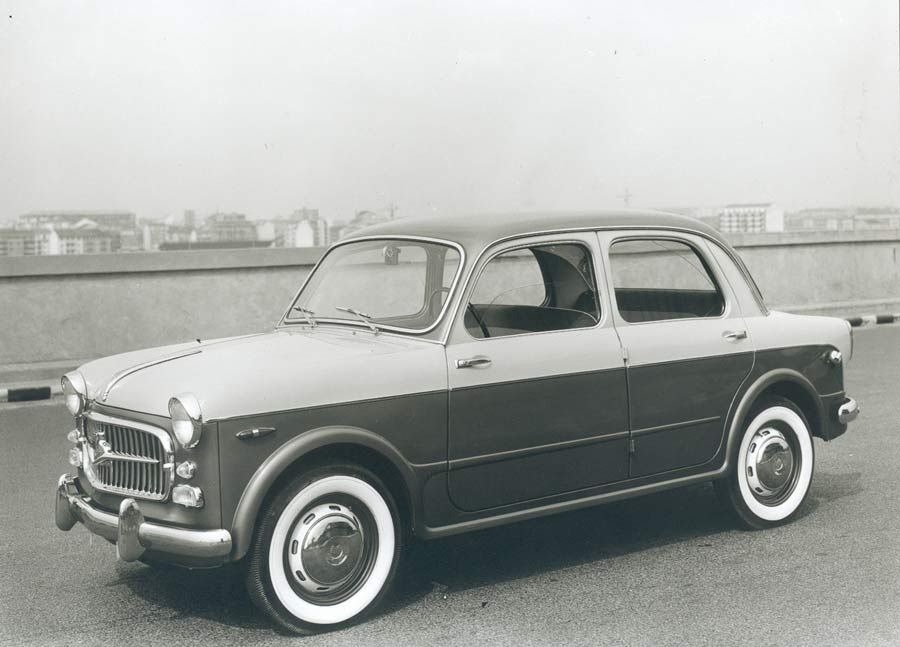
At the 1953 Geneva Motor Show, the new (Nuova) 1100, made its debut. Later called 103, abbreviation attributed by the Turin-based company to the project of the car. With this model another important chapter in the history of the Italian automobile begane: the creation of the so-called “elaborata” models.
The 1100 elaborata
The production model, distinguished by a sober line with squared front, horizontal grille and rounded trunk, was subject of several variations on the “elaborata” theme created by the main italian coachbuilders. This versions, which could be considered higher trim levels than the series ones, features two-tone paint, new designed radiator grilles, chrome decorations and in some cases tail fins. The same treatment was reserved to many other Fiat models, such as the Fiat 600.
Consequently, its launch on the market also led to an increase in the production of accessories for its embellishment. Despite the new 1100 adopted a self-supporting structure, the coachbuilders created several of custom-built versions that anticipated and influenced the design of the future Fiat series model.
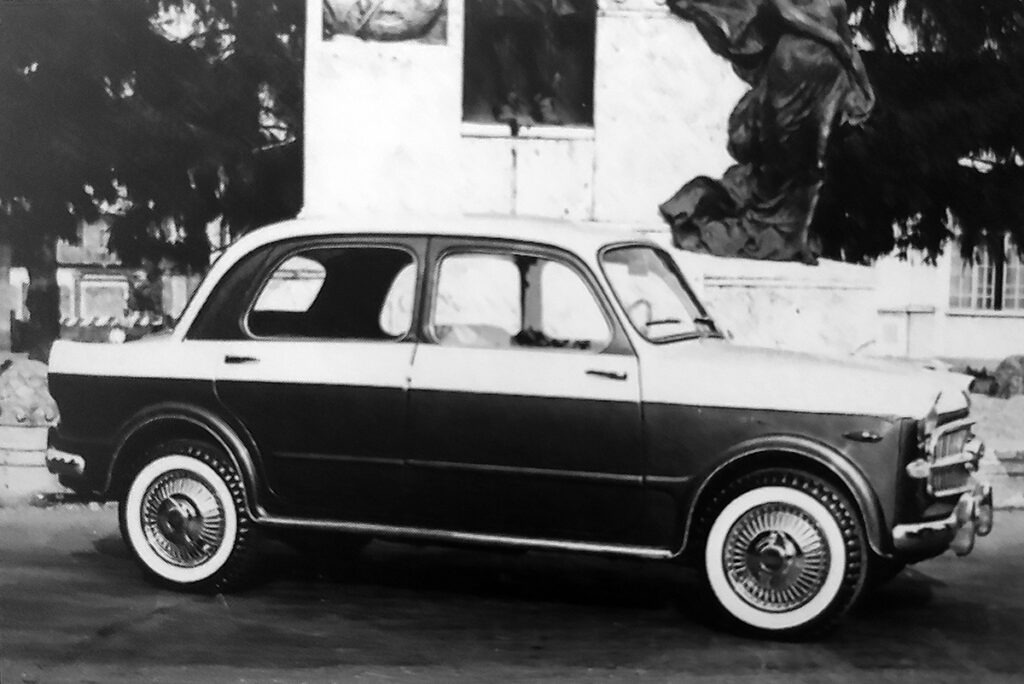
Significant in this sense were the Fiat 1100/103 TV E and the 1100/103 Lusso, mass-produced with striking two-tone paintwork, inspired by the success of the “elaborata” versions, made by coachbuilders in the second half of the 1950s on the first series.
The decline
At the beginning of the 1960s, the 1100 custom-built bodies were no longer in demand. The era of the slender coupés, of the Giardinetta and of the elegant spiders was now definitively over, only a few rare elaborations by Francis Lombardi, Moretti and OSI continued for a little while the fortunate season of the elaborata.
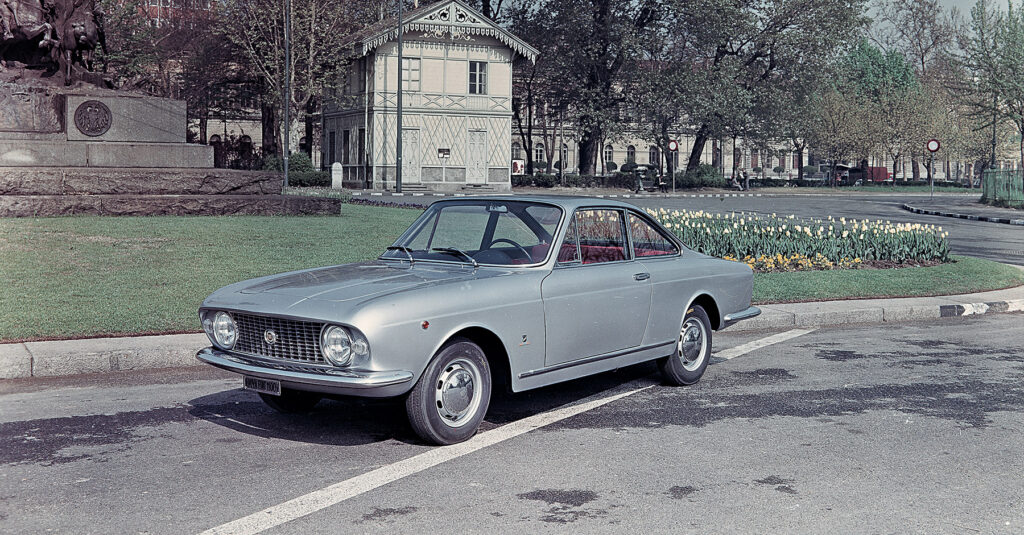
In 1966 the last 1100 was born, the R, which in 1969 put an end to the era of this lucky model.
Over the years of production of the Fiat 1100, all the main italian coachbuilders of the time, practically gave vent to their imagination and genius, with custom-built or elaborata models. A huhe thanks you to all these coachbuilders for their creativity which inspired and forged the automobile design till today!

